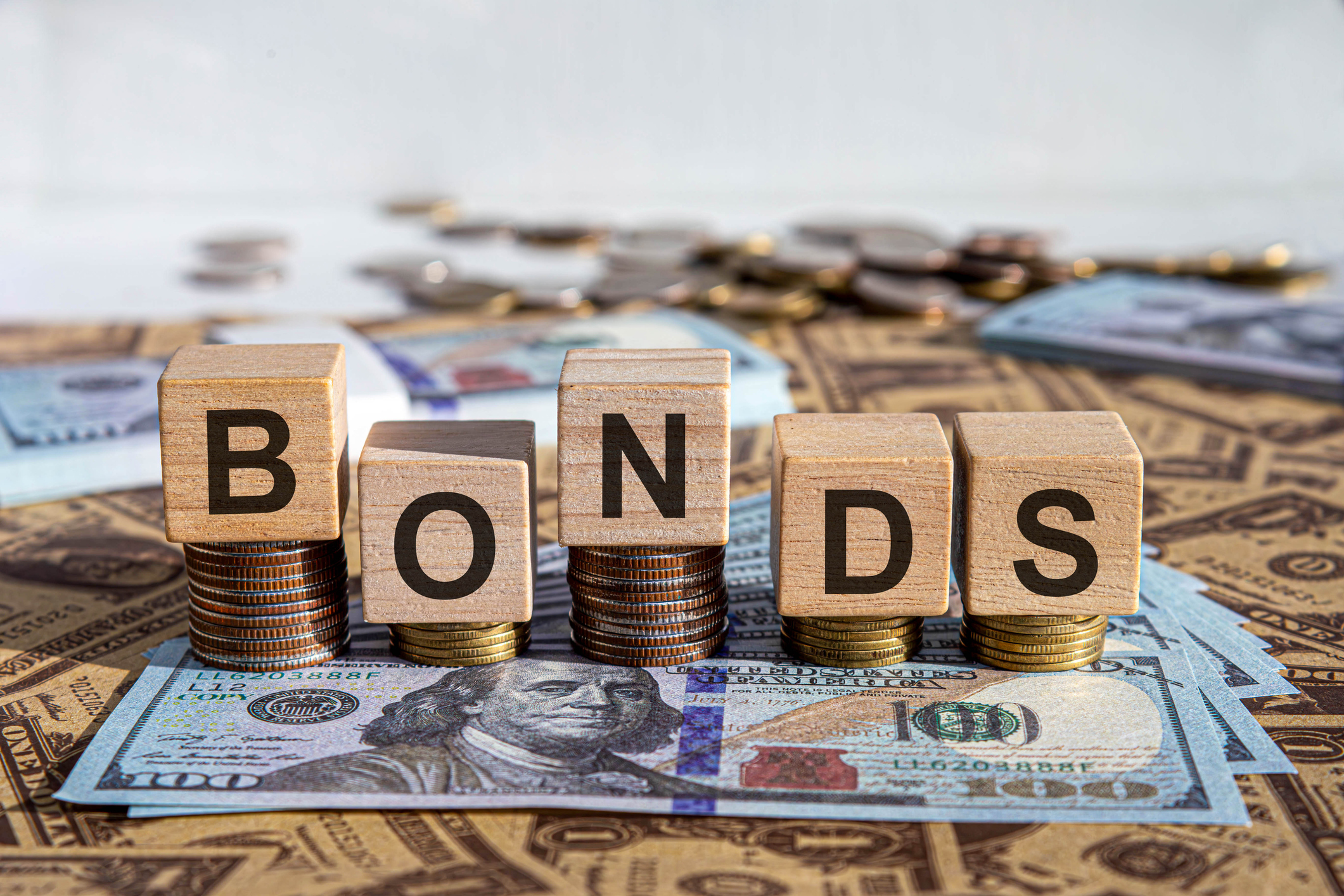ETFs That Miss the Mark
The proliferation of weird and increasingly narrow products is perverting a great idea.
We're big fans of exchange-traded funds. They offer investors a cheap, sensible way to invest in such well-known market barometers as Standard & Poor's 500-stock index. But never underestimate Wall Street's ability to weave fine thread into an ill-fitting suit. Today's roster of more than 500 ETFs includes many funds that most investors can do without. After all, do you really need HealthShares Dermatology and Wound Care fund or CurrencyShares Swedish Krona Trust?
To be fair, these and other ETFs were created primarily for professional investors. But anyone can purchase them. And although simple ETFs that track stock indexes have generally served individual investors well over the past 14 years, the same may not be true for some of the exotic varieties that have been springing up lately. "A lot of them can be used incorrectly and have the potential to blow up your portfolio," says Jim Wiandt, publisher of Exchange-Traded Funds Report. Before adding one of these newbies to your portfolio, consider these issues:
| Row 0 - Cell 0 | The Only Three ETFs You Need |
| Row 1 - Cell 0 | No-Commission ETFs |
| Row 2 - Cell 0 | Wild and Seriously Wacky ETFs |
Narrow focus
The 22 stocks, most of them biotech companies, in HealthShares Dermatology and Wound Care (symbol HRW) have a total market value of $47 billion, roughly 0.2% of the $19-trillion value of all U.S. stocks. If you allocate just 5% of the U.S.-stock portion of your portfolio to this fund, you are overweighting a tiny slice of the market by a factor of 20.
From just $107.88 $24.99 for Kiplinger Personal Finance
Become a smarter, better informed investor. Subscribe from just $107.88 $24.99, plus get up to 4 Special Issues

Sign up for Kiplinger’s Free Newsletters
Profit and prosper with the best of expert advice on investing, taxes, retirement, personal finance and more - straight to your e-mail.
Profit and prosper with the best of expert advice - straight to your e-mail.
The proliferation of narrowly focused funds that invest in niche areas such as water utilities and nanotechnology makes it easy -- too easy -- to get sidetracked into fad investing. If you want exposure to health stocks, better to buy a broad-based ETF, such as Health Care Select Sector SPDR (XLV), which tracks 54 stocks with a total market value of $1.6 trillion. Or go with SPDR S&P Biotech (XBI), which holds a broad array of biotech firms.
Untested strategies
Traditionally, indexing has been a relatively low-risk, low-cost strategy of buying a set of stocks and holding them for the long haul. But financial engineers have cooked up new types of indexes that change with economic conditions. ETFs that track these new-age indexes buy and sell stocks much more frequently than traditional index funds do.
For example, PowerShares Dynamic Market (PWC) tries to find stocks with "superior risk-return profiles." It does this by setting up an index that automatically selects stocks according to a computer-driven analysis of 25 value, risk and timing factors (not all of which are publicly disclosed). The index rejiggers its holdings every quarter.
The fund's strategy could prove to be a winner. Dynamic Market's 16% annualized return for the three years to June 1 beat the S&P 500's return by an average of more than three percentage points a year. But this and similar funds should not be confused with traditional index funds. The fund's annual turnover is more than 100%, so it holds stocks for less than a year, on average. Turnover for the S&P 500 is about 5%. The fund's annual expense ratio of 0.60% is more than seven times higher than the cheapest S&P 500 ETF (and that doesn't include the extra trading costs). Plus, it's hard to know whether its superior returns will persist over the long term. The fund is only four years old, and it lagged the S&P 500 by four percentage points in 2006.
Tricky commodities
A few ETFs that track commodities, notably streetTracks Gold Shares (GLD), iShares Comex Gold Trust (IAU) and iShares Silver Trust (SLV), actually hold the commodities and offer shareholders fractional ownership of their stash. But with most types of commodities (think crude oil or cattle), taking physical possession isn't practical. Instead, ETFs use derivatives (usually futures contracts) to reproduce the returns of a commodity or a commodities index.
Such strategies are relatively new and have a lot of kinks to work out. The short-term performance of some commodities, particularly crude oil, has diverged widely from the performance of the ETFs that track them. For example, the United States Oil fund (USO) fell 23% from its April 10, 2006, launch through the end of the year, while the price of crude in the spot market fell only 11%.
How did this happen? Essentially, investors have bid up the price of oil-futures contracts, and the ETF has been forced to buy them at a premium to the price of oil in the spot market. When these futures contracts expire, they'll pay off at the lower spot rate -- a money-losing proposition for U.S. Oil and for other commodity ETFs that have large oil-futures holdings.
The high price of oil futures relative to spot-market prices is unusual -- and probably not a permanent condition. But investors should be aware that the more complex ETFs become, the more things can go wrong.
Tax issues
Because of the way they're structured, ETFs are less likely than mutual funds to saddle their owners with capital-gains taxes. But that doesn't mean that ETF investors are immune. Investors in nonstock ETFs should pay particularly close attention to such tax issues.
Consider precious-metals ETFs. Gold and silver are considered collectibles, so gains in the streetTracks and iShares gold funds and the iShares silver fund are taxed at a 28% rate rather than the 15% long-term rate for stock investments. But with PowerShares DB Gold (DGL), which invests in gold via futures contracts, 60% of your gains are taxed at the long-term rate and 40% are taxed at your marginal tax rate. One additional wrinkle: Gains on the streetTracks gold and iShares silver funds aren't taxed until you sell the shares. But gains on the PowerShares DB Gold fund's futures holdings are taxed every year, even if you don't sell the shares.
An ETF's prospectus usually details the tax issues investors could face. It's always a good idea to read the prospectus before buying, even if you're not concerned about taxes, because it may spell out other risks as well.
Off track: ETFs that push the envelope
When ETFs track obscure or hard-to-replicate indexes, problems can arise. And expenses for some of these ETFs can be a lot higher than the rock-bottom fees of those that mimic popular indexes. Consider these non-mainstream ETFs.
HealthShares Dermatology and Wound Care (symbol HRW)
Expense ratio: 0.75%
How thinly can you slice biotech? This fund holds 22 highly specialized stocks, meaning that you're placing a big bet on an extremely small slice of the market.
IShares MSCI Mexico Index (EWW)
Expense ratio: 0.54%
Although it nominally tracks a country index, this ETF is a telecom fund in disguise. América Móvil, a wireless-service provider, makes up 27% of the fund, and Telmex, the third-biggest holding, accounts for 10%. Altogether, telecom accounts for 40% of holdings.
PowerShares Dynamic Market (PWC)
Expense ratio: 0.60%
This ETF tracks an index that changes frequently, which drives up costs.
StreetTracks Gold Shares (GLD)
Expense ratio: 0.40%
Bullion holdings are considered "collectibles," so Uncle Sam taxes profits at 28% rather than at the maximum capital-gains rate of 15% on traditional investments.
United States Oil (USO)
Expense ratio: 0.50%
This fund uses futures to track the price of oil, but futures prices can sometimes diverge from the spot price of oil.
Profit and prosper with the best of Kiplinger's advice on investing, taxes, retirement, personal finance and much more. Delivered daily. Enter your email in the box and click Sign Me Up.
-
 Changes Are Coming for This Invesco Bond Fund
Changes Are Coming for This Invesco Bond FundThe Invesco BulletShares 2026 Corporate Bond ETF's bonds will mature in 2026. Here's what investors should do.
-
 What Science Reveals About Money and a Happy Retirement
What Science Reveals About Money and a Happy RetirementWhether you’re still planning or already retired, these research-based insights point the way to your best post-work life.
-
 7 Retirement Planning Trends: What They Mean for You in 2026
7 Retirement Planning Trends: What They Mean for You in 2026From government shutdowns to market swings, the past 12 months have been nothing if not eventful. The key trends can help you improve your own financial plan.
-
 Best Banks for High-Net-Worth Clients
Best Banks for High-Net-Worth Clientswealth management These banks welcome customers who keep high balances in deposit and investment accounts, showering them with fee breaks and access to financial-planning services.
-
 Stock Market Holidays in 2025 and 2026: NYSE, NASDAQ and Wall Street Holidays
Stock Market Holidays in 2025 and 2026: NYSE, NASDAQ and Wall Street HolidaysMarkets When are the stock market holidays? Here, we look at which days the NYSE, Nasdaq and bond markets are off in 2025 and 2026.
-
 Stock Market Trading Hours: What Time Is the Stock Market Open Today?
Stock Market Trading Hours: What Time Is the Stock Market Open Today?Markets When does the market open? While the stock market has regular hours, trading doesn't necessarily stop when the major exchanges close.
-
 Bogleheads Stay the Course
Bogleheads Stay the CourseBears and market volatility don’t scare these die-hard Vanguard investors.
-
 The Current I-Bond Rate Is Mildly Attractive. Here's Why.
The Current I-Bond Rate Is Mildly Attractive. Here's Why.Investing for Income The current I-bond rate is active until April 2026 and presents an attractive value, if not as attractive as in the recent past.
-
 What Are I-Bonds? Inflation Made Them Popular. What Now?
What Are I-Bonds? Inflation Made Them Popular. What Now?savings bonds Inflation has made Series I savings bonds, known as I-bonds, enormously popular with risk-averse investors. How do they work?
-
 This New Sustainable ETF’s Pitch? Give Back Profits.
This New Sustainable ETF’s Pitch? Give Back Profits.investing Newday’s ETF partners with UNICEF and other groups.
-
 As the Market Falls, New Retirees Need a Plan
As the Market Falls, New Retirees Need a Planretirement If you’re in the early stages of your retirement, you’re likely in a rough spot watching your portfolio shrink. We have some strategies to make the best of things.